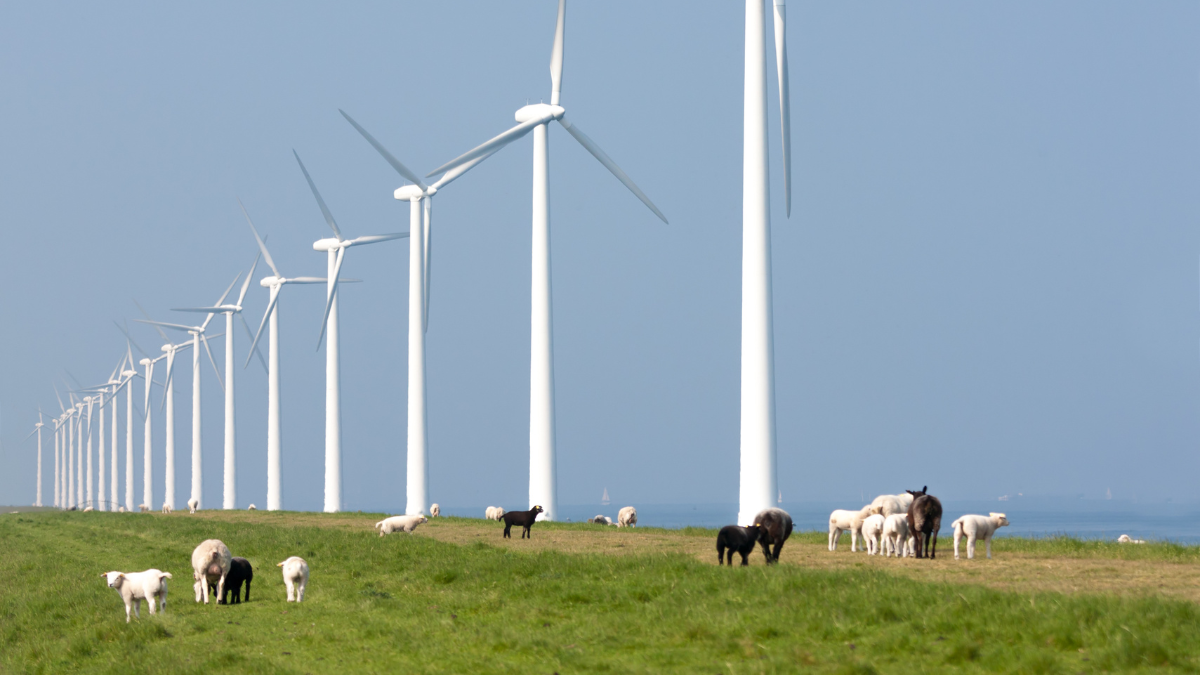
No early wind farm repowering for biodiversity preservation
As the world continues to shift towards renewable energy sources, wind farms have become a prominent feature in our landscapes. While wind energy offers numerous environmental benefits, it is essential to consider the impact of wind farms on biodiversity. Striking a balance between clean energy production and the preservation of our ecosystems is crucial for a sustainable future.
Contrary to popular belief, wind farms can coexist with biodiversity and even provide unique opportunities for conservation. Open spaces between wind turbines can serve as havens for various species, acting as sanctuaries and promoting biodiversity. By carefully planning wind farm locations and maintaining suitable habitats, we can mitigate the impact on wildlife.
One of the main concerns regarding wind farms is their potential impact on bird populations. However, studies have shown that with proper siting and design, the risks can be significantly reduced. Strategic placement of wind turbines, considering migratory routes and bird habitats, can minimize bird collisions, plus ongoing research, and innovative technologies, such as radar systems and "bird-friendly" turbine designs.
The real problem in terms of environmental protection and biodiversity preservation brought about by wind farms, arises from the choice of early repowering projects. It is no secret the impact that commissioning and decommissioning of wind farm generates on the environment; from geomorphological alterations caused by the construction works, elimination of vegetation also linked to this construction phase, to direct alteration in the local fauna, and others. The land suffers from these moments of stress during all the commissioning and decommissioning processes, and in the same way it needs of a period of time for recovery and settling of the soil. So that it can once again generate vegetation and create its ecosystem around it, adopting the wind complexes.
That is why distancing these moments of commissioning and decommissioning of wind farms, helps nature in terms of land regeneration and biodiversity protection. Delaying repowering works to a pace of 40 years of interval brings a peaceful coexistence of wind energy and the environment, as it will be stressed half the times than following a 20 years lifetime standard.
Wind farms have the potential to contribute significantly to our transition to a sustainable energy future. Today’s wind industry is a mature industry that must provide cheap, environmentally integrated, and sustainable energy.
By implementing responsible siting, innovative life extension technologies, and engaging in conservation efforts, we can minimize the impact on biodiversity and even contribute to its enhancement. It is our collective responsibility to strike a balance between clean energy production and the preservation of our precious ecosystems, ultimately building a greener and more biodiverse world for generations to come.
Share on Linkedin Share on Twitter Share on Facebook Share on Whatsapp